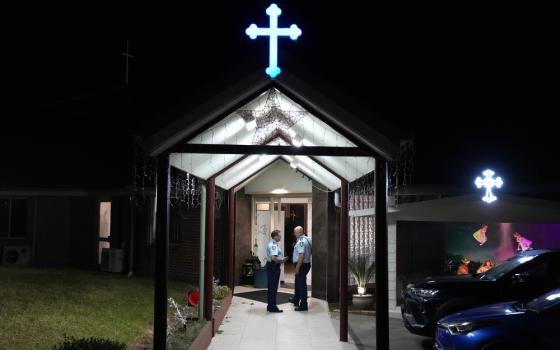Allegations of abuse at Abu Ghraib Prison in Baghdad, Iraq, including sexual humiliation, sleep deprivation and beatings, became a sensational international story in April 2004 with the release of graphic photos that had been obtained by CBS’ “60 Minutes.”
When Joshua Casteel showed up six weeks later as an Army interrogator at the prison, “all the cameras in the world were trained on us,” he said. Consequently, he said, all procedures “followed the book” and abusive tactics against prisoners went on elsewhere, in mobile interrogation units and on bases removed from Baghdad.
While Abu Ghraib became the iconic representation of mistreatment of prisoners by U.S. troops because of digital photographs that began to circulate, reports of U.S. abuse of detainees had begun surfacing as early as December 2002, when The Washington Post ran a front-page story about prisoner abuse in CIA detention centers in Afghanistan.
In a timeline developed in 2004 by American Journalism Review, between March 2003 and December 2003 (the Abu Ghraib abuse occurred between October and December), a number of outlets wrote pieces, largely ignored, about alleged abuse of detainees. The Nation ran a cover story in March 2003 claiming that torture was gaining acceptance as a way of extracting information in the post-9/11 era.
The revelations about Abu Ghraib in 2004 were followed by wider reporting about allegations of mistreatment of prisoners at Guantanamo; the use of waterboarding, a torture technique that simulates drowning, by U.S. interrogators; and secret “rendition” flights in which U.S. detainees were transported to third countries that used torture and where, it is widely charged, the suspects were subjected to harsh interrogation techniques.




